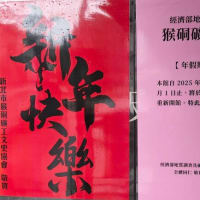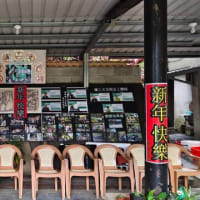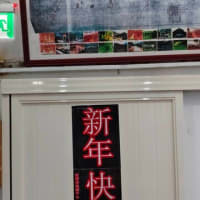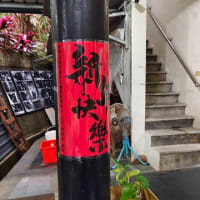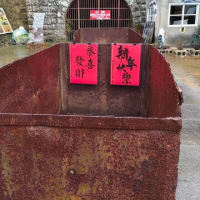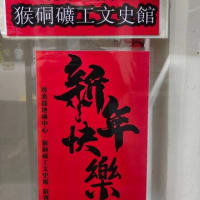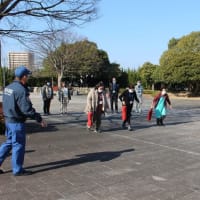Hi, there!
The ‘main building’ of our museum is now closed and under construction for repair, and some replicas of the pictorial records of coal mines included in the “Sakubei Yamamoto Collection,” Memory of the World are exhibited in a room of the pertaining ‘reconstructions of miners’ row houses.’
The “Sakubei Yamamoto Collection” is composed of 697 materials including ‘pictorial records of coal mines,’ ‘diaries,’ as well as ‘memorandum books and other manuscripts’ which were left by Sakubei Yamamoto who worked as a pit worker and depicted, according to his memory, coal mines in the Chikuho Coalfield in the period from around 1890 until wartime between 1930 and 1945.
Among the above materials, a total of 627 items including ‘585 pictorial records of coal mines,’ ‘6 diaries,’ as well as ’36 materials composed of memorandum books and other manuscripts’ are held by our museum, and 70 other materials are held by Fukuoka Prefectural University.
Why were these works left by a nameless pit worker registered as “Memory of the World?”
The ‘Sites of Japan’s Meiji Industrial Revolution: Iron and Steel, Shipbuilding and Coal Mining,’ which were inscribed onto the World Heritage List on July 5, 2015, includes 23 heritage sites in 8 areas.
At first, Tagawa City also applied for inscribing two types of things, ‘Ita Shaft Head Frame of the Old Mitsui Tagawa Mining Station’ and the ‘No.1 and No. 2 Chimneys (Two Chimneys) of the same station’ onto the recommendation of the above sites for World Heritage as buildings representing the Chikuho Coalfield.
Unfortunately, they were excluded from the recommendation, because they lack affiliated facilities which originally accompanied to them, such as the ‘winding machine station’ for the ‘shaft head frame’ and the ‘boiler house’ for the ‘two chimneys,’ hence it is impossible to explain the functions of the buildings.
However, Sakubei Yamamoto’s pictorial records of coal mines attracted attention of experts from abroad, who visited Tagawa in the process of investigation into the above sites.
On recommendation of a few experts including Dr. Michael Pearson from Australia to apply for the inscription of the pictorial records onto the UNESCO Memory of the World Register, which is aimed at accelerating the preservation of the world’s documentary heritage, Tagawa City and Fukuoka Prefectural University cooperatively sent the letter of recommendation to UNESCO for the registration of the collection. The application was recognized on May 25, 2011, and the collection became the first Memory of the World in Japan.
In this way, the “Sakubei Yamamoto Collection” was unexpectedly given an opportunity and became known to the whole world.
We would like to talk about its value and appeal next time!
★日本語訳はコチラから












